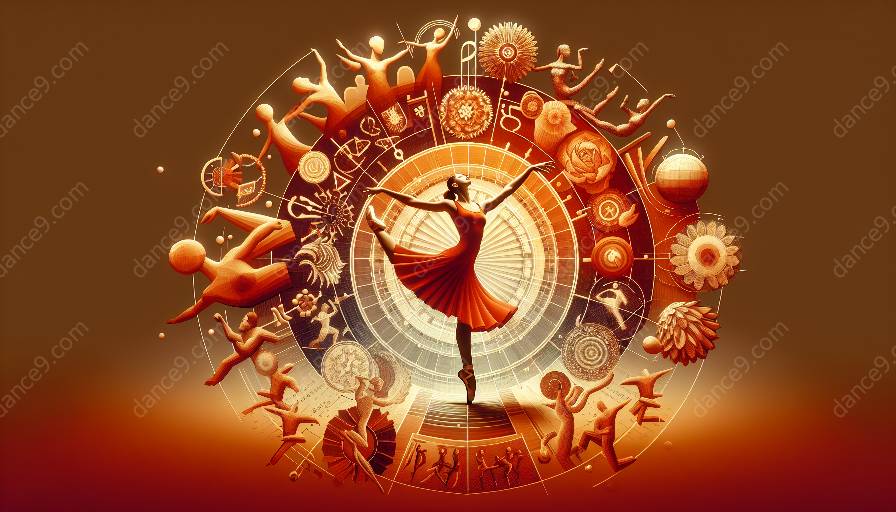Dance anthropology is a field that encompasses the study of dance in its cultural, social, and historical contexts. It applies anthropological methods and approaches to understand the significance of dance in diverse societies and communities. When delving into dance anthropology research, several key methods and approaches are used to explore the intricate relationship between dance, culture, and society.
Participant Observation
One of the fundamental methods employed in dance anthropology research is participant observation. Anthropologists immerse themselves in the cultural milieu where dance practices occur, actively engaging in and observing dance events, rituals, and performances. By participating in dance activities and interacting with dancers and community members, researchers gain firsthand experience and insights into the meanings, values, and social dynamics associated with dance.
Interviews and Oral Histories
Interviews and oral histories are valuable approaches in dance anthropology research, as they provide opportunities to document and preserve the narratives, experiences, and perspectives of dancers, choreographers, and community members. Through in-depth interviews, researchers uncover personal and collective stories related to dance, unveiling the social, political, and emotional dimensions of dance practices within a specific cultural context.
Multisensory Ethnography
Utilizing a multisensory ethnographic approach, dance anthropologists engage with the sensory aspects of dance, including movement, rhythm, sound, and visual elements. This method allows researchers to capture the embodied experiences of dance, exploring the sensorial and kinesthetic dimensions that shape meaning and significance within a cultural setting. Through sensory immersion, anthropologists gain a deeper understanding of how dance is perceived, felt, and experienced by individuals and communities.
Historical and Contextual Analysis
Dance anthropology also involves conducting historical and contextual analyses to situate dance practices within broader cultural and historical frameworks. By tracing the evolution of dance forms, examining socio-historical changes, and exploring cross-cultural influences, researchers can elucidate the dynamic interplay between dance, tradition, globalization, and identity. This approach helps unveil the ways in which dance reflects and responds to societal transformations over time.
Collaborative and Participatory Research
Collaborative and participatory research methodologies are increasingly embraced in dance anthropology, emphasizing the involvement of dancers, choreographers, and community members as active participants in the research process. By co-creating knowledge and engaging in collaborative practices, researchers promote reciprocity and mutual understanding, recognizing the agency and expertise of dance practitioners within the research endeavor. This inclusive approach fosters long-term partnerships and empowers communities to shape the research agenda and outcomes.
Transdisciplinary Engagement
Recognizing the interdisciplinary nature of dance studies and anthropology, scholars in the field often adopt transdisciplinary approaches that draw on diverse fields such as performance studies, sociology, psychology, and cultural studies. By integrating insights from multiple disciplines, dance anthropologists enrich their understandings of dance as a complex and multifaceted phenomenon, transcending disciplinary boundaries and fostering innovative perspectives on dance as a cultural practice.
Conclusion
As an interdisciplinary field that bridges the realms of dance studies and anthropology, dance anthropology research encompasses a rich array of methods and approaches that illuminate the cultural, social, and embodied dimensions of dance. By employing participant observation, interviews, multisensory ethnography, historical analysis, collaborative research, and transdisciplinary engagement, researchers delve into the diverse meanings, functions, and expressions of dance within the tapestry of human societies. Through these methodological and theoretical lenses, dance anthropology continues to unravel the intricate connections between dance, identity, tradition, and social change, contributing to a deeper understanding and appreciation of dance as a vital aspect of human culture.

















